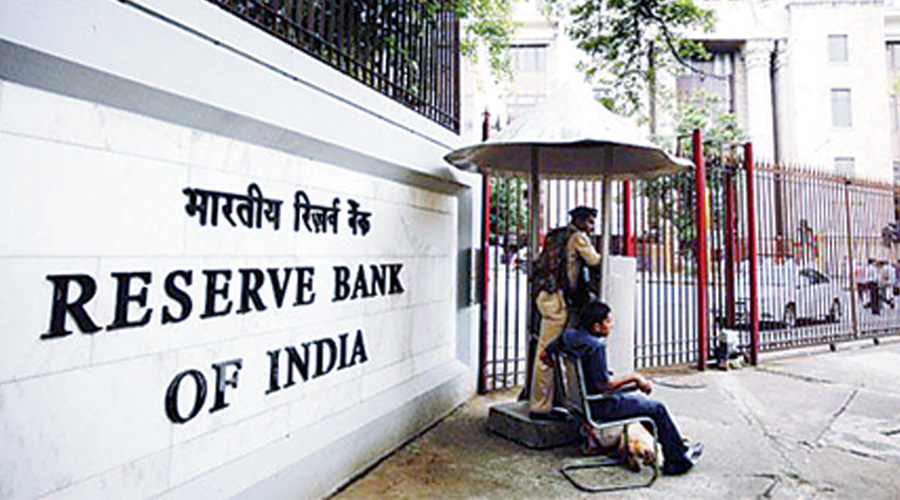The Reserve Bank of India delivered its bolt from the blue when it raised its policy rate — the repo — by 40 basis points to 4.40 per cent. It topped that off with a half-a-percentagepoint increase in the cash reserve ratio to 4.5 per cent, which will drain cash worth Rs 870 billion from the banks. The double whammy comes at a time when the central bank is struggling to bring inflation under control before there is a train wreck. It is very rare for the RBI to use the two bazookas from its monetary policy arsenal to blast the bugbear of inflation, which climbed to 6.95 per cent in March and is very likely to top 7.5 per cent in April when the government’s statisticians put out fresh data on May 12.
The repo rate increase is the first in four years. Now that the central bank has stepped on to the rate treadmill, it is very likely that the policy rate could rise to as high as 5.5 per cent, considerably higher than the pre-pandemic level of 5.15 per cent. The uncharitable view is that the RBI could no longer afford to ignore its primary objective, which is to maintain inflation within a tolerance band of 2 to 6 per cent. Retail inflation has stubbornly stayed above 6 per cent for three consecutive months. Fearing that this could surge in April, the policymakers on Mint Street had to drop the pretence that they were helping the economy recover by holding off on a rate increase. The RBI governor, Shaktikanta Das, has executed a neat somersault to now argue that a repo rate increase is actually growth-positive after having clung to the other side in a fulsome debate that has raged ever since central banks in advanced economies started to winch up their rates. Even though the policymakers voted to stick with the accommodative policy they first adopted in June 2019, they intend to gradually switch off the funding taps over time. This will take some doing because there is Rs 7.2 trillion of surplus liquidity sloshing around in the system. The debate over the RBI policy measures could turn very shrill over the next few months if data smother rhetoric.











